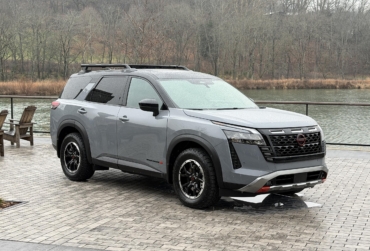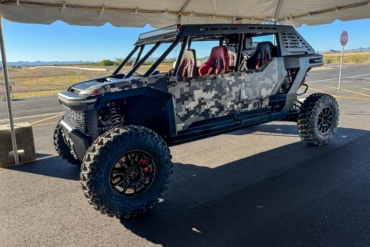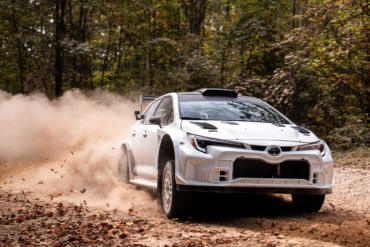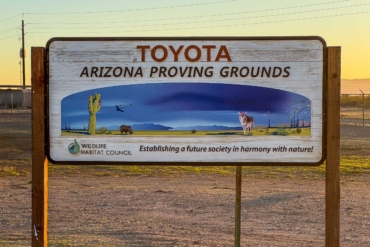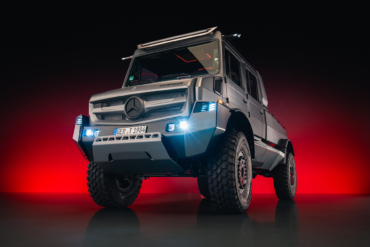A new study revealed that more than 80% of buyers paid more than sticker price in January. And things aren’t likely to get much better anytime soon.
Whether you blame COVID, the semiconductor shortage, or trucker blockades, this isn’t a particularly good time to go looking for a new car, truck, or crossover. According to industry data, U.S. dealers have barely 1 million vehicles on their lots right now. That’s a big drop from the 3 million considered normal this time of year.
The laws of supply and demand are clearly not in the buyer’s favor. Rebates, low-interest loans, and other incentives are hard to find these days. Indeed, you’ll be lucky if you can get out of the showroom paying just MSRP.
According to data analyzed by tracking service Edmunds, 82.2% of new-vehicle buyers spent more than sticker price (average transaction price, or ATP) last month — with dealer markups adding thousands, sometimes $10,000 or more — to the bottom line.
By comparison, just 2.8% of buyers paid more than the price listed on the Monroney sticker (MSRP) in January 2021. That was itself a big jump from a year earlier. Pre-COVID, the figure was closer to 0.3%, noted Edmunds.
Edmonds: MSRP vs. ATP by Vehicle Make, January 2022

Once ‘Unthinkable’
“The fact that an overwhelming majority of consumers are paying above sticker price would have been unthinkable even just a year ago,” said Jessica Caldwell, executive director of insights for data tracking service Edmunds.
“This is in part driven by affluent consumers being willing to shell out more cash to get the vehicles that they want, but there’s also a vast population of individuals who are being forced to do so simply because they need transportation and have no other choice.”
It’s clearly a seller’s market, said Bob Carter, the head of U.S. sales for both the Toyota and Lexus brands. Where dealers traditionally keep a 60- to 70-day supply of vehicles on their lots, you’ll be lucky to find any vehicles at a Toyota showroom lately. “When the trucks come in, there are usually buyers waiting for five out of six cars,” Carter said.

And the situation isn’t likely to change soon. Toyota is one of several manufacturers that have had to curb production in recent weeks. This was due to the ongoing semiconductor shortage.
The Japanese giant took another hit this month due to the “Freedom Convoy” that all but shut down traffic between Michigan and Ontario. Three of Toyota’s Canadian plants — which produce the popular Toyota RAV4 and Lexus RX models — were briefly idled.
Markups Rising

Overall, U.S. new-vehicle buyers paid an average of $728 over list price last month. Not surprisingly, luxury brands demanded some of the biggest dealer markups in January, Edmunds reported. Cadillac customers typically paid $4,048 over sticker, with Land Rover dealers coming in at $2,565 over MSRP.
But mainstream brands also were impacted. Kia customers paid an average of $2,289 in dealer markups — a 7.1% premium over sticker.
Only six brands came in under MSRP, on average, including Alfa Romeo, BMW, Lincoln, Mini, RAM, and Volvo.

Markups have been growing ever since COVID struck, initially shutting down North American auto assembly plants for 3 months.
Mike Dushane, who lives in Orlando and works in the finance industry, drove 200 miles to avoid the $10,000 premium Kia dealers near his home wanted on a Telluride SUV. He considered himself “lucky,” eventually paying just $6,000 over sticker.
The Hotter the Product, the Bigger the Markup

The rule of thumb right now? The hotter the product, the bigger the premium. That includes models like the Chevrolet Corvette and Ford Bronco.
“Of all automakers, [GM and Ford] might be in the most precarious position since they have very high-profile launches in the near future that appeal to a new type of customer,” said Caldwell.
The two have begun cracking down on dealers tacking on excessive premiums. State franchise laws limit what manufacturers can do. But both Ford and GM have told their retailers that they could find it difficult to replenish short inventories should they get too greedy.
Meanwhile, dealers need to be aware that customers hit with excessive surcharges might not come back when it’s next time to trade in, said Caldwell.
Prices Hit a Record
Rising dealer premiums have helped push new vehicles’ prices up sharply since the pandemic began. The typical model is up 12.5%, or $5,155, since January 2021. Since COVID struck, prices have gone up around $10,000.
The average transaction price (ATP) of a new car — which factors in options, incentives, and markups — hit an all-time high of $47,243 in December 2021, reported tracking firm Kelley Blue Book. If there’s any good news, it’s the fact that the figure dropped to $46,404 last month. But it’s not quite as good as that might seem because it reflects a slide in luxury car sales for January.
How long these trends will continue is far from certain. But the general consensus is that the semiconductor shortage will stretch on through the rest of 2022. So it could be another year before dealer inventories rebound and prices — and markups — begin to level off.


